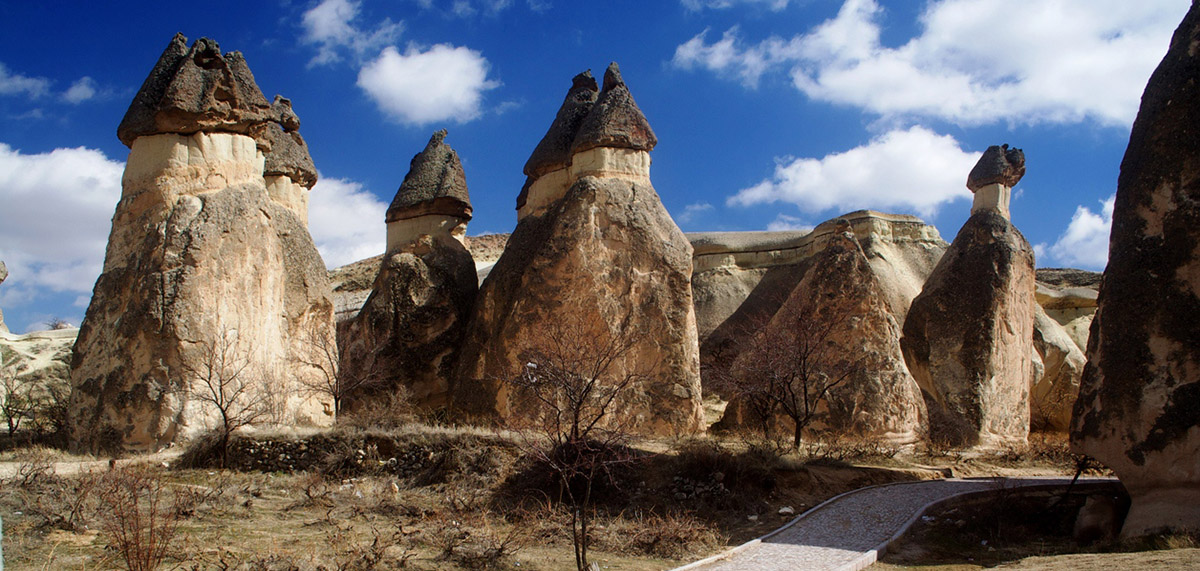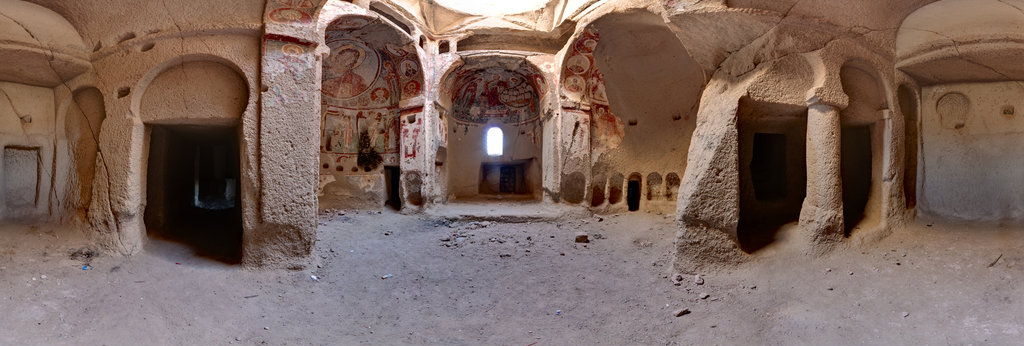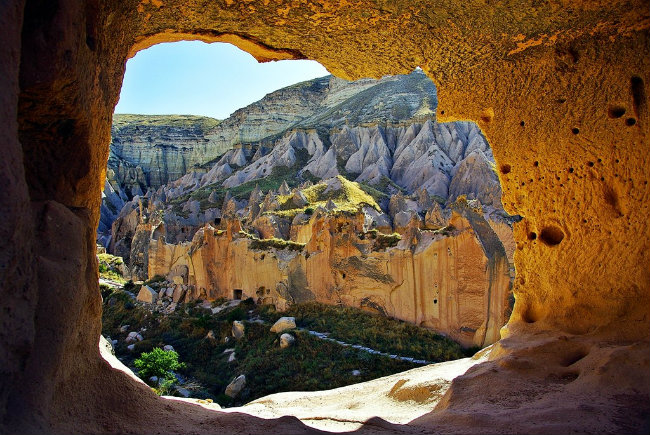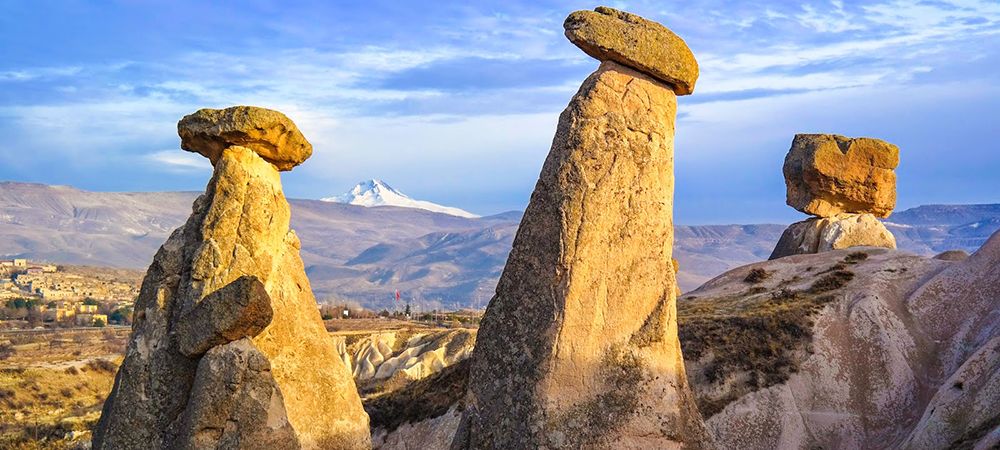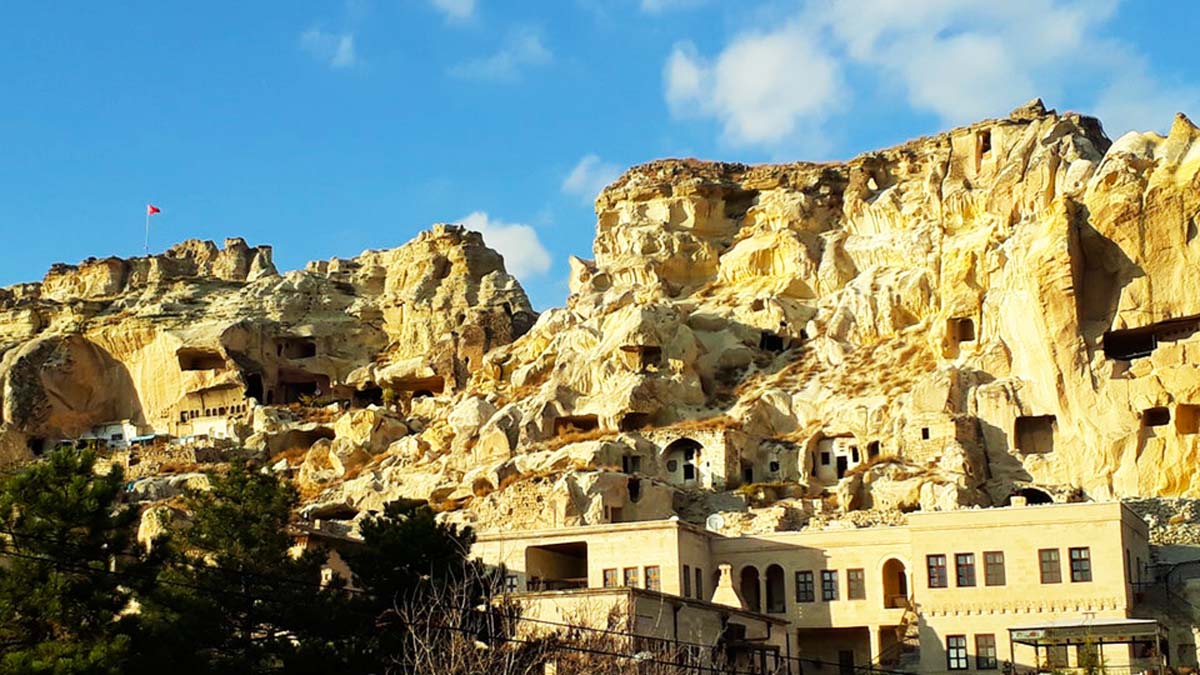History Of Cappadocia
The Begining
The history of Cappadocia, whose entire narrative is full of mysterious sentences, is actually a combination of civilizations with much more than the unknown. Exactly 60 million years ago Erciyes, Güllü Dağ and Hasan Dağ were active volcanoes, the foundations of Cappadocia were laid by the lava they sprayed. Come and go, when the rains and winds that spread over millions of years have eroded, it has taken its form today. Nature's long Labor embroidered the region with fairy chimneys like an embroidery
According to the chronology, the Assyrians are the oldest known civilization in the history of Cappadocia. They established their first commercial organization in Kayseri Küllütepe and Hattusaş Karum, in other words, in Sunday places. The first periods of writing in Anatolia were the Assyrians. The ancient cuneiform texts, referred to as the Cappadocia tablets, showed that there were regulated substances such as the law on trade and marriage. The Assyrians laid the foundation for The Art of the Hittite civilization to be established later. They were the ones who brought the ideas of worship and God to Anatolia and combined the existing understanding of art with The Art of Mesopotamia.
After the Assyrians, Hittites from Europe through the Caucasus entered the history of Cappadocia. Hattusaş was the capital of the Hittites, which became a huge empire, and Alisar and Alacahöyük were the important cities. They built a civilization long enough to leave their mark almost everywhere in the Cappadocia region. The dates when underground cities were paved with secret passages for defensive purposes also coincide with the Hittites period. Narrow corridors, huge stones blocking the corridors, vents developed by the Hittites
One by one, the Hittite cities in Central Anatolia were destroyed as the Phrygians took to the stage in the history of Cappadocia.He. In 1200, the late Hittite period began in Central and Southeastern Anatolia. The late Hittites reigned in Cappadocia, Kayseri - Niğde – Nevşehir was transformed into the Kingdom of Tabal. The hieroglyphic rock monuments of this period were found in Sivasa (Gökçetoprak), Hacıbektaş Karaburna Village and Acıgül. Late Hittite period M.He. 6. It lasted until the Persian invasion in the century.
The Assyrians ‘Katpatuka’ called Cappadocia today in the language of the Persians who gave its name to Cappadocia ‘Land of beautiful horses’ means. The Persians, who embraced Zoroastrianism, worshipped the region's volcanoes because they believed in the sanctity of fire. M.He. They also ruled until they were defeated by Alexander the Great in 332. Alexander the Great defeated the Persians but failed to defeat the Resistance of the Cappadocia people. The kingdom of Cappadocia was founded in this period. The kingdom of Cappadocia lost peace and tranquility after the death of Alexander The Great.S. In 17, it became a province of the increasingly powerful Roman Empire.
The 1071 Battle of Malazgirt, in which the Byzantine Emperor was defeated by Alparslan, a descendant of Selcuk Bey, began a new era in Sanadolu. In 1075, Anadolu Selcuklu State was established and 1082'dekayseri by the Seljuks conquered Cappadocia began the period of Seljuks. As can be seen in the freks of St. George's Church in Ihlara Valley, the region that became the center of Christians for centuries did not cause unhappiness in the patronage of the Muslim Turks. It is evident from his praise of Massoud
